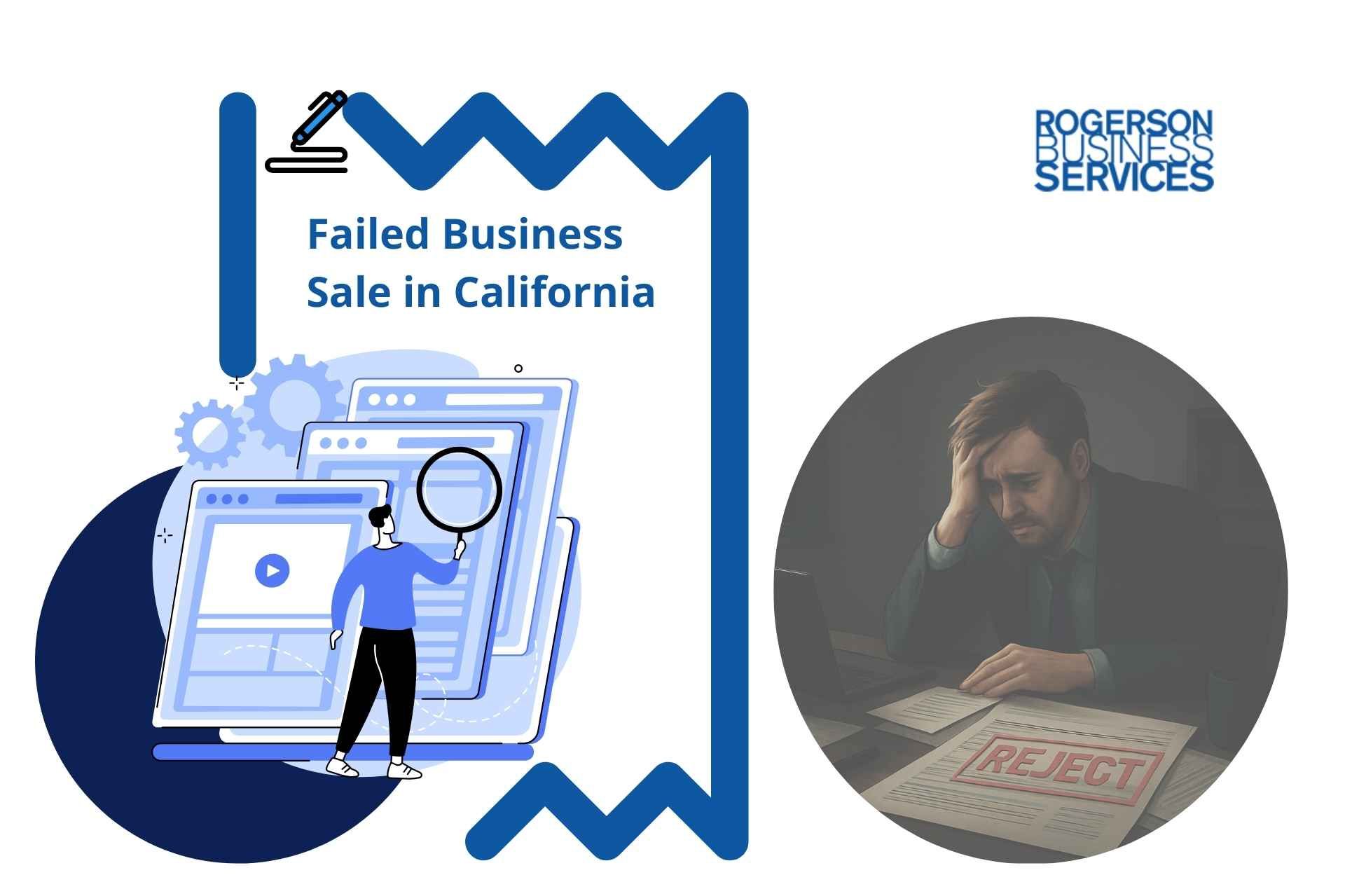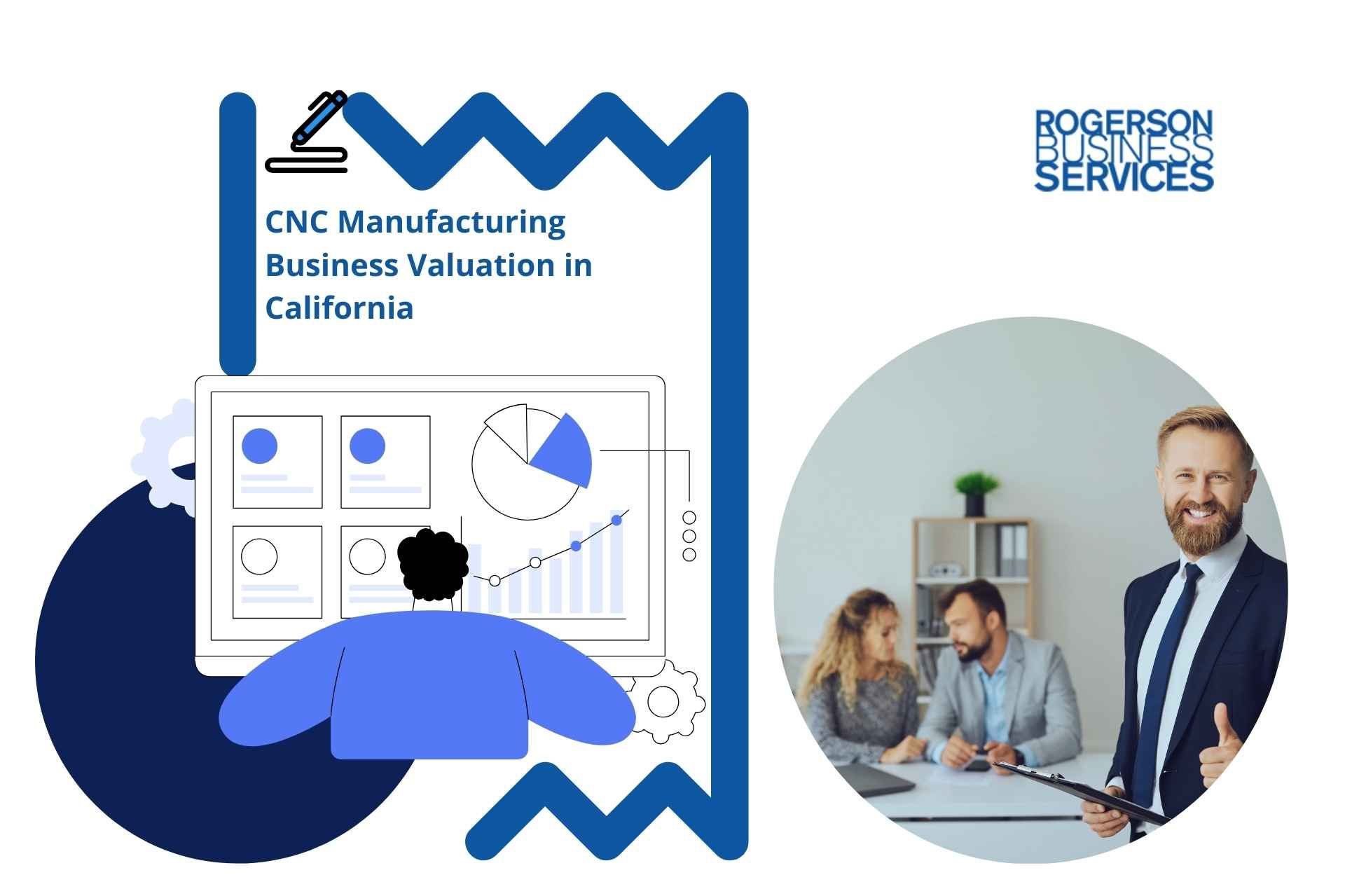Selling Your Business to a Buy-Side M&A
Get Acquired Buy Sell-Side M&A
Mergers and acquisitions (M&A) look at first glance to be some complex form of magic. However, while sometimes a bit complex they are not difficult to understand. Essentially what were two companies are now becoming one. There are differences between mergers and acquisitions and dealing with buyers slightly different depending on the structure of the sale.
Because of this complexity, buyers and sellers often work with an M&A Advisor and a deal team of other professionals to make sure the sale goes as desired for both parties. Here are some of the ins and outs you should know before considering Buy-Side M&A.
Mergers and Acquisitions Definitions
A merger is when two companies who are essentially equal combine into one. Often the names of the companies are combined, or although they operate under one umbrella, both companies retain their names. Typically, after the merger, there is only one CEO who runs both companies, and the staff is combined.
An acquisition is slightly different in that one company is generally the lead or the buyer. The other company comes under them instead of alongside them. The company acquired often loses its name and is absorbed into the buyer. Separate branding disappears.
This often actually the case with mergers as well. One company is often less equal, meaning at the end of the day it is actually an acquisition, not a true merger. The buyer CEO often stays in his position, and the other company name eventually disappears. If your company is being acquired, you need to understand this. If you are acquiring another company or merging, you need to establish what that looks like early on.
M&A Players
Essentially the players are buyers and sellers, advisors, and financers. Here is how each works.
The Seller is who is selling the company. In the case of a publicly traded company, this includes the stockholders as well. For this brief discussion, it does not matter how many sellers there are.
The Buyer is the person or group buying the business. There are a few types of buyers.
- Financial: This type of buyers is in the business of purchasing, developing, and subsequently selling businesses. They include angel investors, venture capitalists, and private equity firms.
- Strategic: These are companies who operate in a certain industry and buy for the potential benefits of combining the two companies.
- Public Investors: These buyers intend to float the company shares to the financial market if they are not already there through an initial public offering (IPO) or issue more shares if the company is publicly traded. This is an expensive and highly regulated option.
The M&A Advisors are those who facilitate the transaction and make sure it continues forward. They often are classified by the size of the transactions they handle.
- Investment Bankers handle transactions above 50 million on the low end and into the billions of dollars.
- Intermediate investment bankers handle deals from 5 million to 75 million dollars at the high end.
- Business Brokers handle transactions below $1 million generally speaking.
These are not hard, fast rules since there is not a line that divides where one business ends and the other starts.
Professional services usually include accountants, attorneys, and valuation experts. Each plays a role according to their profession in the merger or acquisition process.
Lastly, the financiers are those who provide the funding for the transaction. They also fall into several different categories depending on the size of the transaction and how the businesses choose to organize the deal.
M&A Process
The M&A process is pretty straightforward. It follows a pretty general pattern, although there can be some variations.
Choose an M&A Advisor: This is where you choose the firm that will facilitate the process. M&A brokers like Rogerson Business Services handle lower middle market transactions ($1 million to $50 million) while investment bankers handle larger mid-market transactions.
Preparation: Before you start the process of marketing the business, you need to prepare some marketing materials and a marketing plan to make sure you are reaching the right buying audience at the right time.
Marketing: During this time, an M&A Advisor will contact and discuss the deal with potential buyers who will fall into one of the categories mentioned above.
Letter of Intent: Once a buyer has decided to explore the purchase, they will sign a letter of intent that has two parts: confidentiality promises and a no-shop clause which means the seller cannot continue to offer the business to other customers until the buyer has decided one way or the other.
Due Diligence: This is the process through which the buyer verifies the business is what it says it is and has the potential for profitability that it claims.
The Contract: Once due diligence is complete, the companies will draw up a contract with all of the terms of the sale. They tend to be long, boring, and arduous to read, but the details inside can be very important.
Closing: This is the point, just like closing on a house, where both parties sign the contract and exchange assets or stock depending on the type of sale.
Final Word
Mergers and acquisitions in the lower middle market can be a bit tricky to navigate, and you need to be aware of the different players, phases, and the process. A good M&A Advisor is essential. Think you might be a candidate to sell to a buy-side M&A? Check out this guide to help you exit a California lower middle market company.
If you are a retiring business owner looking to exit your lower middle market business in California, here are five tips to get you started:
1. Don't wait until the last minute to start planning your exit. The process of selling a lower middle market business can take a long time, so it's important to start early.
2. Have a clear idea of what you want to get out of the sale. Know your goals and what you're willing to negotiate.
3. Choose the right type of buyer. Not all buyers are created equal, so do your research and find the right one for your business.
4. Be prepared for a lot of due diligence. M&A buy-side due diligence is when buyers will want to know everything about your business, so be ready to provide documentation and answer questions.
5. Be flexible with the terms and conditions of the deal. It's important to be open to negotiation to get the best possible deal for your business.
Rogerson Business Services, also known as, California's lower middle market business broker is a sell-side M&A advisory firm that has closed hundreds of lower middle-market deals in California. We are dedicated to helping our clients maximize value and achieve their desired outcomes.
We have a deep understanding of the Californian market and an extensive network of buyers, which allows us to get the best possible price for our clients. We also provide comprehensive support throughout the entire process, from initial valuation to post-closing integration.
Our hands-on approach and commitment to our client's success set us apart from other firms in the industry. If you consider selling your lower middle market business, we would be honored to help you navigate the process and realize your goals.
If you have decided to value and then sell your lower middle market business or still not ready yet, get started here, or call toll-free 1-844-414-9600and leave a voice message with your question and get it answered within 24 hours. The deal team is spearheaded by Andrew Rogerson, Certified M&A Advisor, he will personally review and understand your pain point/s and prioritize your inquiry with Rogerson Business Services,
RBS Advisors.
Hey there! Can we send you a gift?
We just wanted to say hi and thanks for stopping by our little corner of the web. :) we'd love to offer you a cup of coffee/tea, but, alas, this is the Internet.
However, we think you'll love our email newsletter about building value and properly position your company before transition/exit your business ownership.
As a special welcome gift for subscribing, you'll also get our helping and educational guides, tips, tutorials, etc.. for free.
It's filled with the best practices for retiring serial business owners like Dan Gilbert, Larry Ellison, Warren Buffett, and many more.
Just sign up for our emails below.



